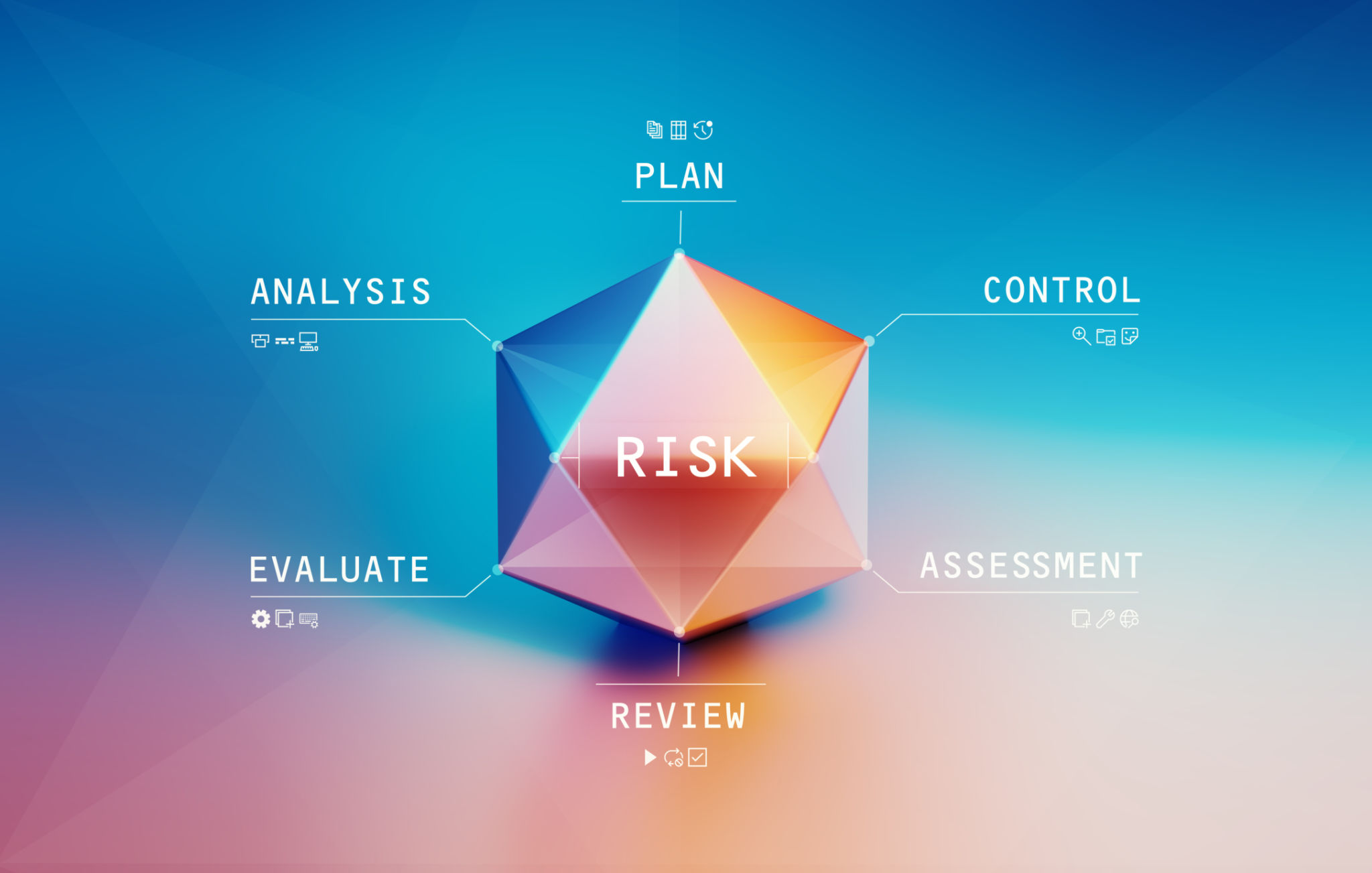Maximizing ROI in Real Estate Development: Expert Strategies
Es
Understanding ROI in Real Estate Development
Maximizing Return on Investment (ROI) is a crucial goal for real estate developers. It involves strategically planning projects to ensure that every dollar invested yields the highest possible return. Understanding the fundamentals of ROI is the first step in optimizing it. ROI is calculated by dividing the net profit from an investment by the initial cost of the investment, then multiplying by 100 to get a percentage.
In real estate development, factors such as location, market demand, and development costs play significant roles in determining ROI. By carefully analyzing and strategically managing these factors, developers can significantly enhance their returns.

Location, Location, Location
The adage "location, location, location" still holds true in real estate development. Choosing the right location can dramatically impact the project's success and ROI. Developers should look for areas with growth potential, good infrastructure, and high demand. Conducting thorough market research to understand demographic trends and economic forecasts can provide valuable insights into selecting promising locations.
In addition to current market conditions, consider future developments planned for the area. Proximity to amenities such as schools, shopping centers, and public transportation can add value to the property and attract more buyers or tenants.
Cost Management and Budgeting
Effective cost management is essential for maximizing ROI. This begins with setting a realistic budget that accounts for all potential expenses, including land acquisition, construction, marketing, and unforeseen contingencies. Developers should continuously monitor expenses throughout the project to ensure they remain within budget.
Implementing cost-saving measures without compromising quality can also boost ROI. This may include negotiating better terms with contractors, sourcing materials at lower costs, or adopting energy-efficient designs that reduce long-term operational expenses.

Leveraging Technology in Development
Technology plays an increasingly important role in real estate development. Utilizing advanced software for project management can streamline operations, enhance communication among team members, and reduce project timelines. Building Information Modeling (BIM) is particularly useful for visualizing project designs and identifying potential issues before construction begins.
Additionally, digital marketing strategies can effectively promote properties and reach a broader audience. Social media advertising, virtual tours, and targeted email campaigns are cost-effective methods to attract potential buyers or investors, improving overall sales performance.
Risk Management and Mitigation
Every real estate development project carries inherent risks, including market fluctuations, regulatory changes, and unforeseen construction delays. Identifying potential risks early in the project allows developers to create effective mitigation strategies. Conducting a comprehensive risk assessment can help prioritize areas needing attention.
Insurance policies and contingency plans are essential components of risk management. These measures provide a financial safety net and ensure that projects remain viable even when unexpected challenges arise.

Post-Completion Strategies
Maximizing ROI doesn’t end with project completion. Implementing strategies post-completion can further enhance returns. This includes effective property management to maintain value and tenant satisfaction if the development is meant for rental purposes.
For developments intended for sale, timing the market is crucial. Developers should be prepared to adjust pricing strategies according to market conditions to ensure optimal sales results.
By employing these expert strategies throughout the development process, real estate developers can significantly increase their ROI, ensuring successful and profitable projects.